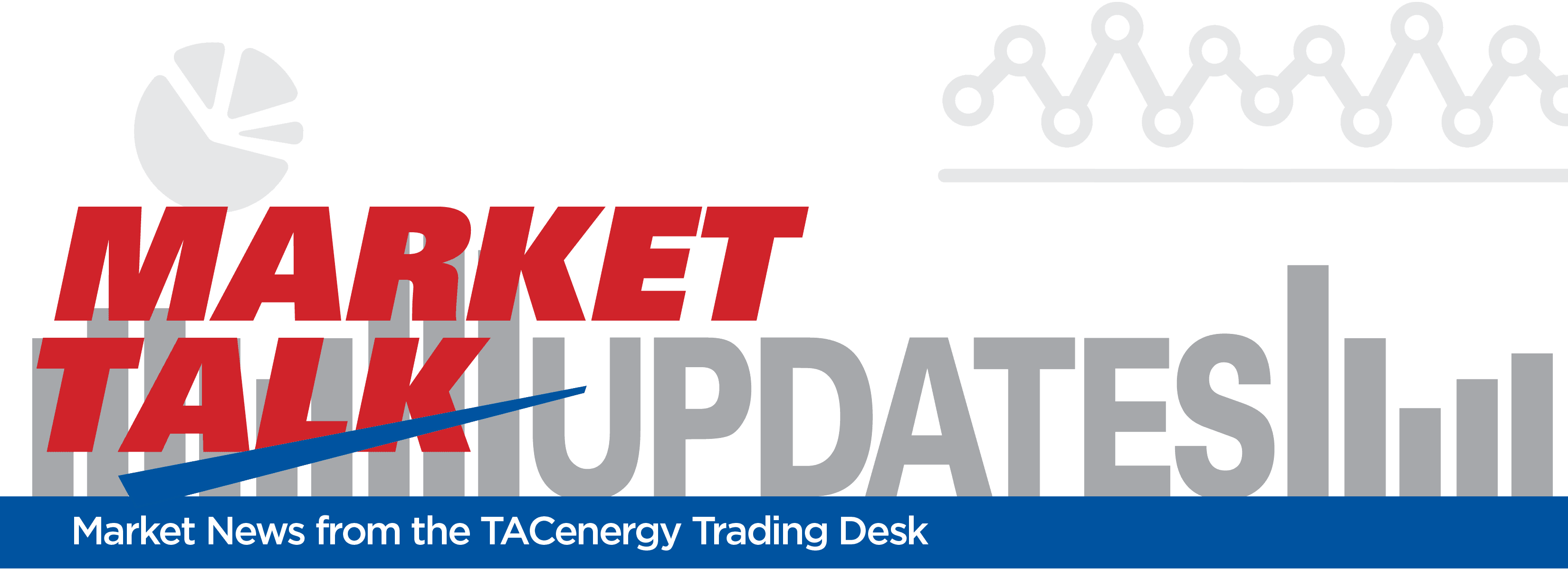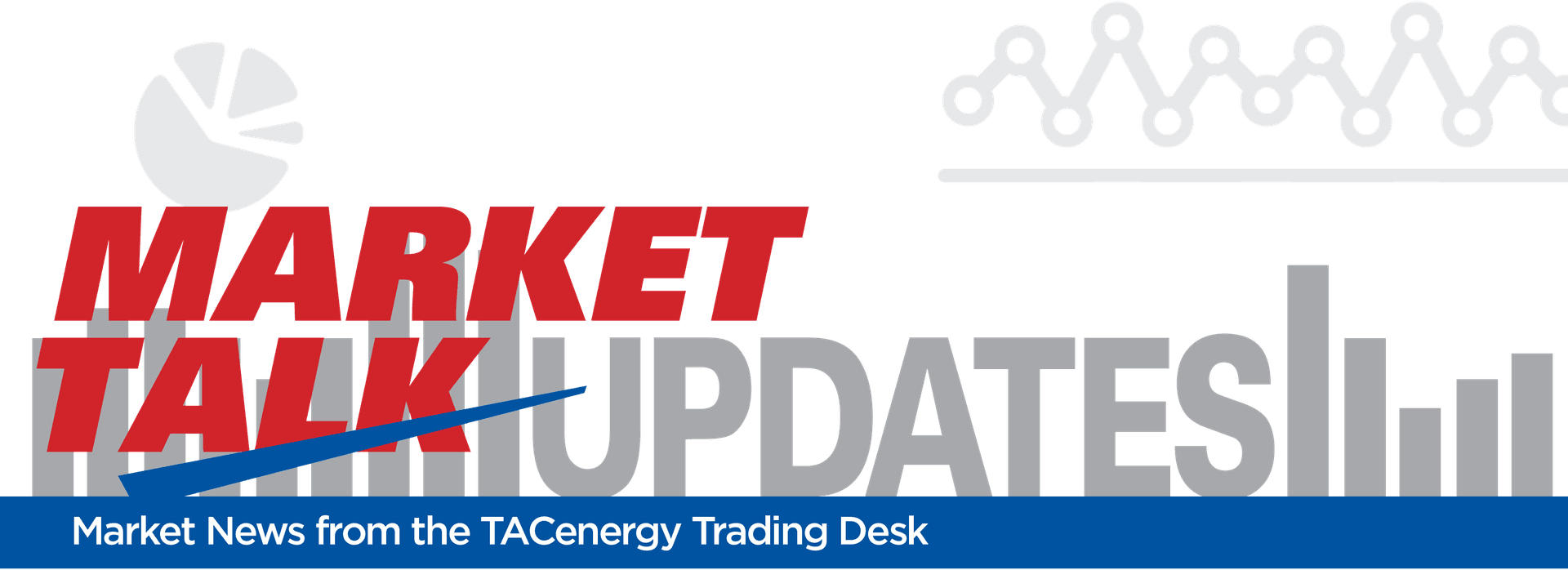Chevron and Exxon Prove Value of Upstream Assets

Energy markets are rallying again after hopes for de-escalation in the Middle East wars were dashed Thursday afternoon.
Futures settled with gains of 1.5 cents for RBOB and 3.5 cents for ULSD Thursday, but jumped an addition 3+ cents in the hour post-settlement following an Axios report suggesting Iran was planning a new attack on Israel. Those gains have held through the overnight session with a small amount of incremental buying this morning.
Contrary to the ADP private payroll report earlier this week, the government’s estimate for October jobs estimated only 12,000 jobs were added last month, while August and September estimates were lowered by 112,000. The BLS report estimated that both the headline and “U-6” unemployment rates were unchanged for the month at 4.1% and 7.7% respectively. See table below.
Chevron and Exxon both reported 3rd quarter earnings this morning, and proved the value of their upstream assets which helped them weather the bleak market for refining margins that pushed several of their competitors in the refining business to net losses.
Chevron did not comment on rumors that they’ve stopped coprocessing RD at their LA-area refinery in the earnings report, but may be asked during their call with analysts later today. The company did highlight the startup of its new Anchor project in the Gulf of Mexico which is an “industry first” combining deepwater and high pressure technology.
Exxon highlighted its largest volume of oil and gas production in over 40 years in its report, while also touting their efforts to expand in the Hydrogen and Carbon Capture markets, both of which are big beneficiaries of the Inflation “Reduction” Act.
Despite numerous claims to the contrary from government officials, a Bloomberg report based on Pemex data suggests Mexico’s new Dos Bocas refinery did not process any crude oil in September. The continued floundering of Mexican refineries is a critical benefit for US Gulf Coast refiners who are reliant on exports to run at full rates, and likely helps explain why PADD 3 run rates are far above their 5 year seasonal range despite weak margins in many markets.
Latest Posts
Stronger Natural Gas Prices Seem to be Aiding in the Relative Strength for Diesel Prices
It’s Christmas Eve and Energy Prices Are Seeing Modest Increases
Energy Futures Are Ticking Modestly Lower To Start Christmas Week
Final Business Week of 2024 Ends with a Whimper as Energy Prices Continue Downwards
Energy Markets Treading Water After The FOMC's Disappointing Announcement
Week 53 - US DOE Inventory Recap
Social Media
News & Views
View All
Stronger Natural Gas Prices Seem to be Aiding in the Relative Strength for Diesel Prices

It’s Christmas Eve and Energy Prices Are Seeing Modest Increases


